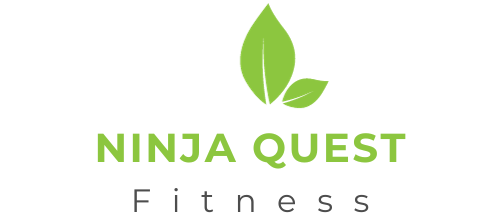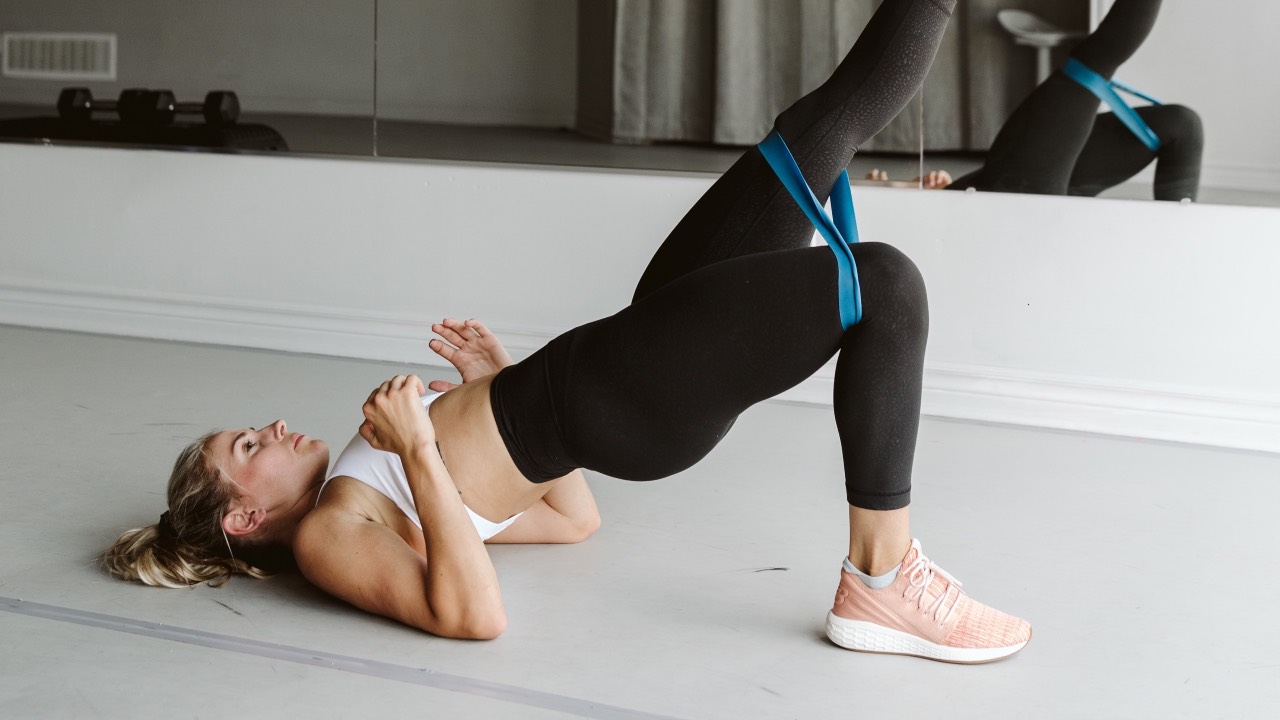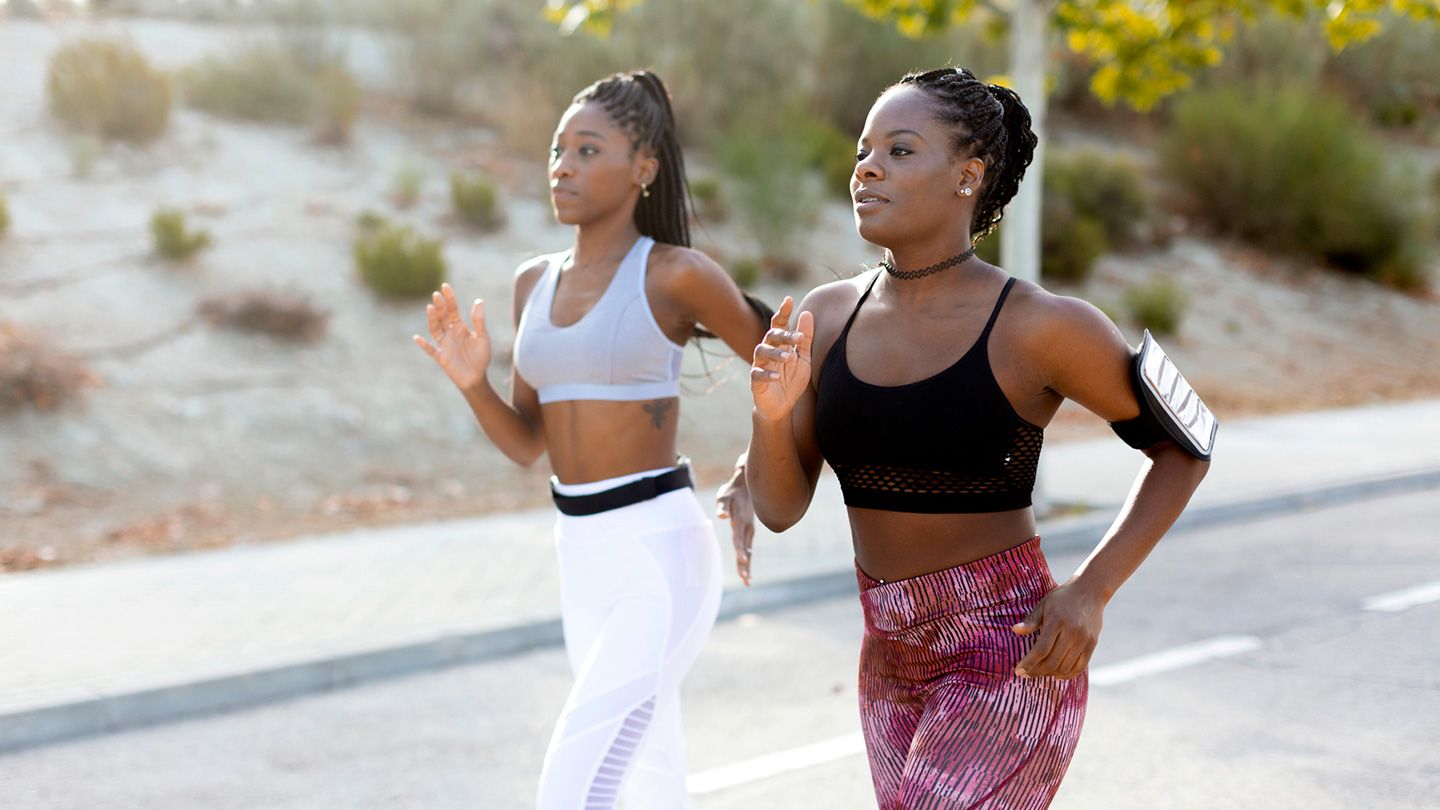High-intensity workouts aren’t for everyone, but that doesn’t mean you can’t reap major rewards from gentler exercise. Low-impact activities like walking, swimming, and cycling provide a wealth of physical and mental health benefits. In this post, we share 20 advantages of incorporating low-impact exercise into your routine. From improving cardiovascular health and burning calories to reducing joint stress and boosting mobility, we’ll look into the full-body benefits of pursuing an active yet low-impact lifestyle. Get motivated to move without taxing your body by discovering why low-impact training packs a powerful wellness punch.
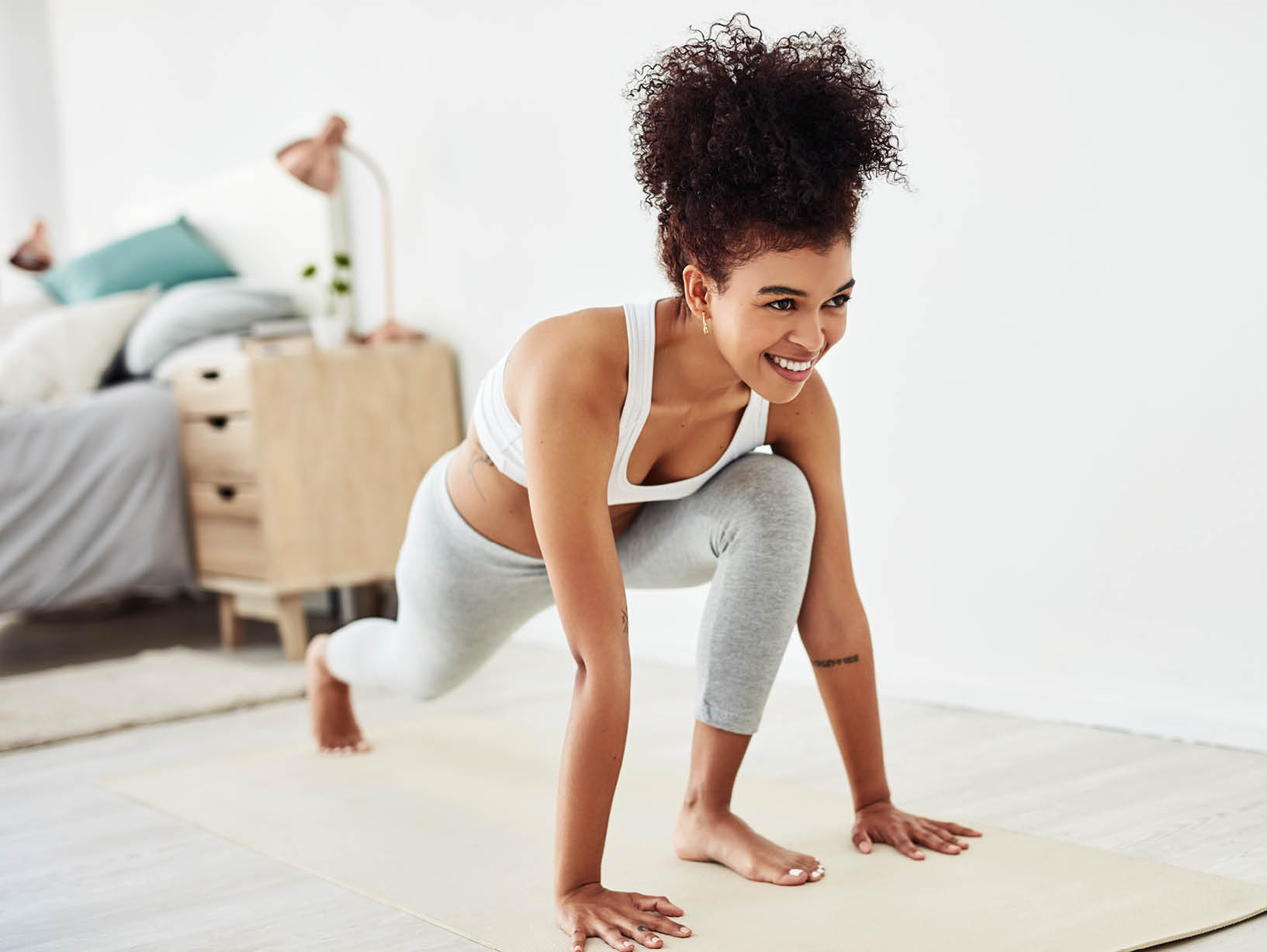
Contents
- 1 20 Benefits of Low Impact Exercise
- 1.1 1. Reduces Risk of Injury
- 1.2 2. Improves Cardiovascular Health:
- 1.3 3. Enhances Joint Health:
- 1.4 4. Increases Muscle Strength:
- 1.5 5. Supports Weight Loss:
- 1.6 6. Enhances Flexibility and Balance:
- 1.7 7. Suitable for All Fitness Levels:
- 1.8 8. Reduces Stress and Anxiety:
- 1.9 9. Improves Sleep Quality:
- 1.10 10. Boosts Energy Levels:
- 1.11 11. Aids in Chronic Disease Management:
- 1.12 12. Promotes a Healthy Pregnancy:
- 1.13 13. Enhances Cognitive Function:
- 1.14 14. Improves Digestive Health:
- 1.15 15. Encourages a Positive Body Image:
- 1.16 16. Offers Social Interaction:
- 1.17 17. Allows for Recovery Days:
- 1.18 18. Increases Longevity:
- 1.19 19. Supports Post-Injury Rehabilitation:
- 1.20 20. Provides a Sustainable Exercise Option:
- 2 Types of Low-Impact Exercise
- 3 How Much Low Impact Exercise Should You Do?
- 4 Frequently Asked Questions
20 Benefits of Low Impact Exercise
Low-impact exercises are gentle on your joints and offer a multitude of benefits for people of all ages and fitness levels. Here are some of the key advantages of incorporating low-impact exercises into your routine:
Types of Low-Impact Exercise
There are many different types of low-impact exercises that you can incorporate into your routine. Here are a few examples:
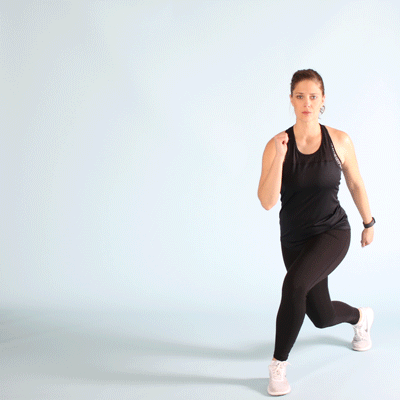
- Walking: Walking is a simple and accessible form of low-impact exercise that can be done almost anywhere. It’s a great way to get started with exercise or to add some extra activity to your day.
- Swimming: Swimming is a full-body workout that is easy on your joints. It’s a great way to cool down on a hot day or to get a workout in if you have joint pain.
- Cycling: Cycling is a low-impact exercise that can be enjoyed outdoors or indoors on a stationary bike. It’s a great way to get some fresh air and exercise at the same time.
- Elliptical training: The elliptical trainer is a popular piece of gym equipment that provides a low-impact cardio workout. It’s a good option for people who are new to exercise or who have injuries.
- Yoga: Yoga is a mind-body exercise that combines physical postures, breathing exercises, and meditation. It’s a great way to improve your flexibility, balance, and strength.
- Tai chi: Tai chi is a gentle form of exercise that combines slow, flowing movements with deep breathing. It’s a great way to improve your balance, coordination, and relaxation.
- Pilates: Pilates is a form of exercise that focuses on strengthening your core muscles. It’s a great way to improve your posture, balance, and flexibility.
These are just a few examples of the many different types of low-impact exercises that are available. There are many other options to choose from, so you can find something that you enjoy and that fits your fitness level.
How Much Low Impact Exercise Should You Do?
When it comes to low-impact exercise, the key is consistency. Aim for at least 150 minutes of moderate-intensity activity per week. This could be divided into 30 minutes a day, five times a week, to reap the benefits.
Mix it Up:
Incorporate a variety of low-impact exercises throughout the week to target different muscle groups and keep things interesting. Try swimming one day, cycling the next, and include yoga or Pilates for flexibility and core strength.
Listen to Your Body:
Pay attention to how your body responds to exercise. If you’re feeling fatigued or experiencing discomfort, it’s okay to take a rest day or engage in lighter activities like gentle stretching or a leisurely walk.
Gradually Increase Intensity:
As your fitness improves, gradually increase the intensity or duration of your low-impact workouts. Challenge yourself while still being mindful of any pain or discomfort that may arise.
Frequently Asked Questions
How often should I engage in low-impact exercises?
Consistency is key. Aim for at least 150 minutes of moderate-intensity activity per week, ideally spread out with 30 minutes a day for five days. Mix up exercises like swimming, cycling, yoga, and Pilates to target different muscle groups and maintain interest.
How important is it to listen to my body during workouts?
Listening to your body’s signals is crucial. Take rest days or engage in lighter activities when needed. Gradually increase intensity or workout duration based on your fitness level. Balance is essential to stay active and healthy without overstraining your body.

Hello, I’m Ravindra. Over the years, I’ve immersed myself deeply into the world of fitness and health, transforming both my body and mind. Writing has allowed me to share my journey, insights, and expertise with those just starting out and seasoned fitness enthusiasts alike. Beyond just routines and diets, I believe in inspiring others to adopt a holistic approach to well-being.
